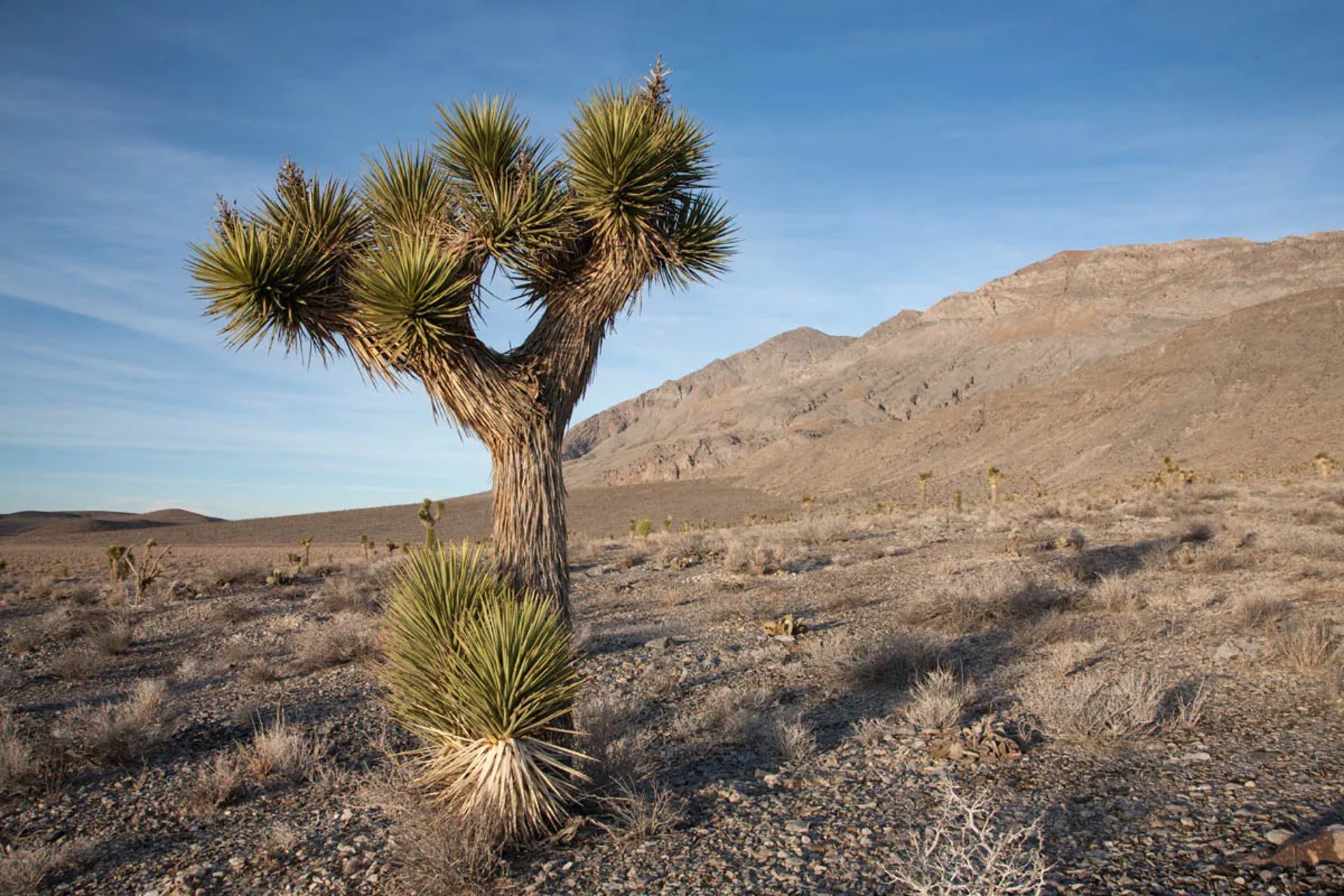
The Silent Spiral of the Desert: Why the Western Joshua Tree is a Climate Canary
Hope Amid the Heat
Emily Johnson
★★★★★
A Tree on Thin Ice
Walking through the deserts of Southern California, the twisted limbs of the Western Joshua Tree—those iconic spiky sentinels of the Mojave—feel timeless. But beneath that appearance of endurance lies vulnerability. Over the past century, the region has grown hotter and drier: for example, at Joshua Tree National Park, researchers report an average temperature rise of about 3 °F since 1895 and precipitation declines of nearly 40%. National Park Service California Fish and Wildlife
Models now suggest that under a high-emissions scenario this species could lose nearly all its suitable habitat in the park and up to 90 % of its range in the wider Southwest by century’s end. National Park Service
The Threat Multipliers: Heat, Fires & Habitat Loss
It’s not just the gradual warming that’s the problem—it’s how multiple threats are converging. Lower, hotter elevations are becoming inhospitable, hindering seedling survival. Wildfires, once rare in some desert zones, now strike with increasing frequency and severity, and when these slow‐growing trees burn, recovery is painfully slow. California State Parks Foundation
Meanwhile, habitat loss from development, off-road vehicle recreation, and solar infrastructure is shrinking the refuge zones where Joshua trees might persist. Recognizing this, the state of California launched a sweeping conservation effort. Los Angeles Times
A Bold Plan for Survival
In July 2023, California passed the Western Joshua Tree Conservation Act—the first state law explicitly designed to protect a species from climate change. Center for Biological Diversity
Under the draft conservation plan:
Land will be prioritized based on where trees have the best chance in a future of higher temperatures and less rainfall. Los Angeles Times
By December 2025 the state aims to identify the most promising “refugia” zones; by 2033, the goal is to protect about 70 % of those areas. AP News
Strategies include moving trees or seeds (assisted migration), managing wildfires, reducing threats from grazing / off-roading / pesticide use, and working across jurisdictions because much of the tree’s range is on federal or private land. AP News
Why It Matters for All of Us
Why should we care about this tree? Because it stands as an early-warning system for wider ecological shifts—and for what climate change will do to habitats we take for granted. If a species as hardy and iconic as the Western Joshua Tree is under threat, what about less resilient plants, animals, and ecosystems?
Moreover, the plan illustrates an important point: we can’t simply pretend that ecosystems will ride out these changes without targeted help. But even the best conservation plans hinge on large-scale climate mitigation. The tree’s fate depends in part on whether global emissions are brought under control.
A Call to Action
Visit and support desert parks and conservation groups so that local expertise and restoration work receive attention and funding.
Advocate for climate policies that address root causes—since no amount of local tree transplants will fix a warming planet on its own.
Consider the broader message: ecosystems everywhere are entering unknown territory. If we don’t help the gardens we understand, how will we help those we don’t?
The Western Joshua Tree is more than a desert curiosity—it’s a mirror of the future. Its survival isn’t assured, but our response now can help determine whether it persists, evolves, or vanishes. And in that determination lies a broader test of how we face climate change.
Published by - Anya Pal - July 31st 2025
Published By - Anya Pal
April 15th 2024
